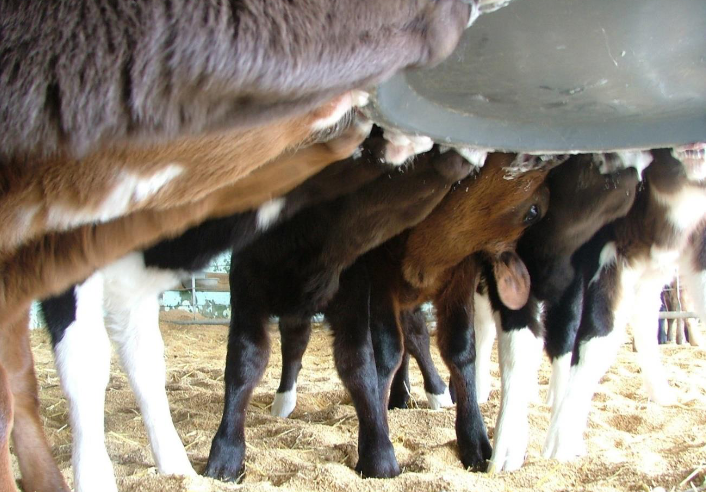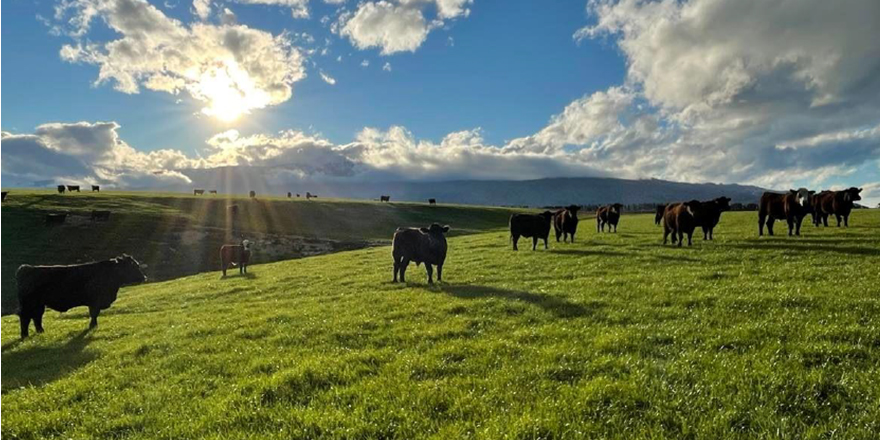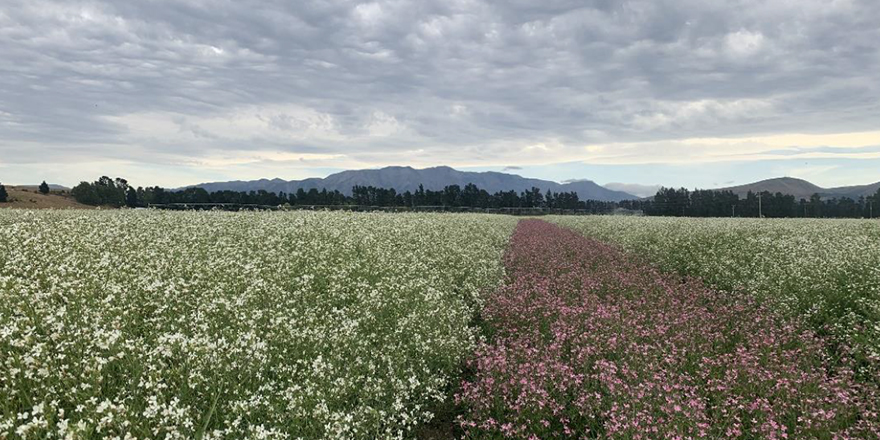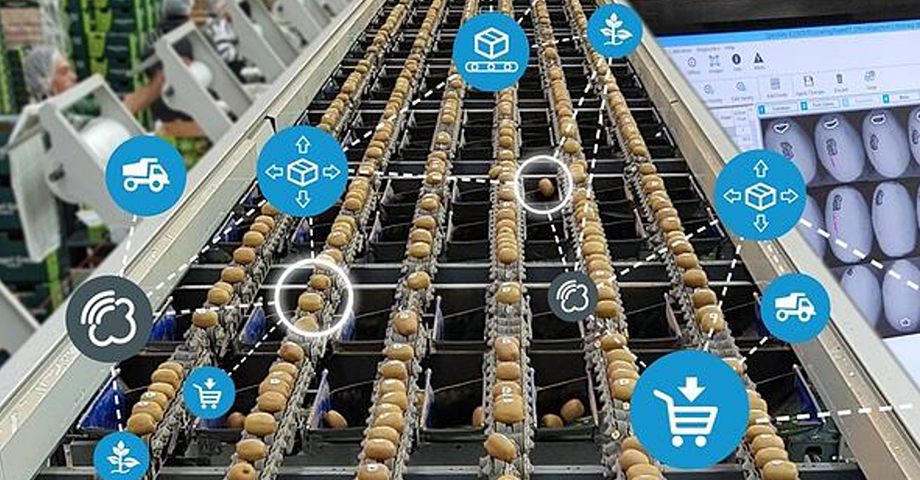
Executive Summary
The world population continues to grow and so does the demand for animal proteins. The primary sector exports the majority of the dairy and meat products produced nationally and as a result contributes billions of dollars to the New Zealand economy. As a nation we want to achieve the highest premiums for our products to maximise our returns, as a result we are a consumer lead industry.
Consumers have more choices now than ever before and are much more conscious of the food they purchase. They are happy to pay extra to ensure the quality of the product, but these premiums also have to meet their expectations around environment and animal welfare, two aspects that are under constant scrutiny as the world moves into an era trying to deal with climate change.
New Zealand is seen by many as a clean and green country at the bottom of the world that produces dairy and meat products with the lowest environmental footprint, but our uniqueness doesn’t come without some unique issues.
As an industry we send 1.9 million four day old calves to slaughter every year in a very short space of time, this practice has all but ceased in the rest of the world, and while we meet all animal welfare code requirements in the treatment of these calves, ethically people do not like the thought of killing four day old animals, and this is putting pressure on the future of the New Zealand bobby calf industry.
I have conducted many interviews over the last few months throughout the bobby calf supply chain, these have been conducted in person and via “Teams” meetings over the internet. Some of the interviews have been recorded, and others who wanted to remain anonymous I only took notes. Once I had conducted all my interviews I broke down the information into common themes to ascertain what current value these calves currently contribute to our economy and was their life a life worth living? Did that life add value?
While many people were happy to speak to me, due to the enormity of the topic it was less easy to acquire supporting information to validate my findings. Bobby calves are currently flying under the radar and nobody really wanted to draw unnecessary attention to their businesses.
I was able to identify that 100% of the calf is utilised and that it is broken down into many products that are exported around the world. Because of the age of the calf and New Zealand’s disease free status compared to other countries the products the calf goes into achieve export premiums due to the high quality of goods.
One of the key insights was the continuity of employment these calves brought to the industry, helping keep meat processing plants operational in a quiet period of time. Being able to offer more staff full time employment was good for the processors the staff and the local communities and the economy.
While there weren’t any products that could not continue to be produced from an adult animal, the quality of some of these products would be reduced. We could simply remove bobby calves overnight but the flow on costs to the industry would not counteract the additional value potentially achieved by growing these calves out to be slaughtered at an older age.
To remove the bobby calf from the industry is going to take considerable collaboration across the primary sector to come up with solutions and markets that we currently do not have, and is a cost that potentially have to be worn by the dairy farmer as the only way to rear these animals through to an older age is to displace some of the 4.9 million dairy cows.
While it was clear that the calf was treated humanely and added significant value to the industry, it did not answer the ethical debate of whether it will continue to be socially acceptable to slaughter four day old calves.
It seems ironic to me that the consumers in International countries like China or Europe that want dairy and meat products from animals that do not support a bobby calf industry are the same countries / consumers that will pay premiums for the co-products that are generated from the bobby calf.
To full understand the financial and social benefits that the current 1.9 million bobby calves contribute to society and to our economy I would recommend a full industry review be carried out that can them be used as the benchmark for any proposed future solution for their removal.
Download and read the full report here




